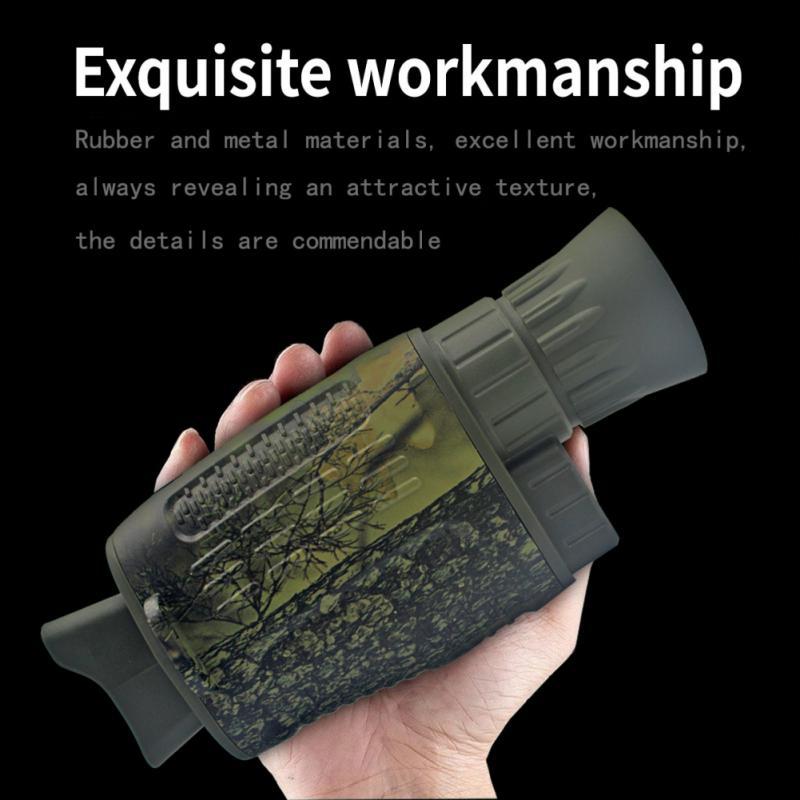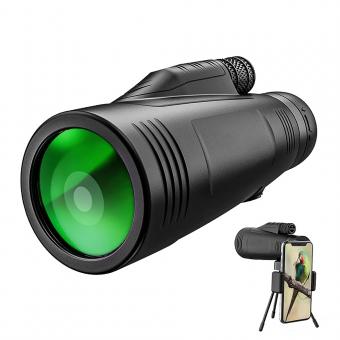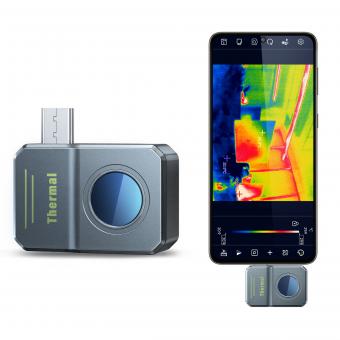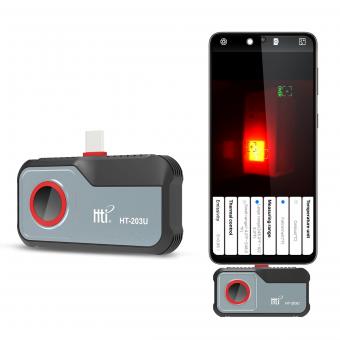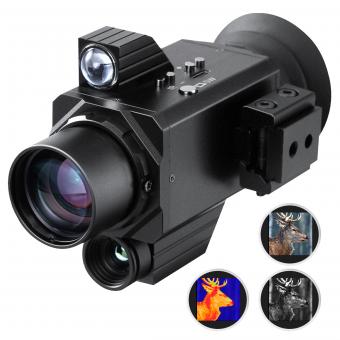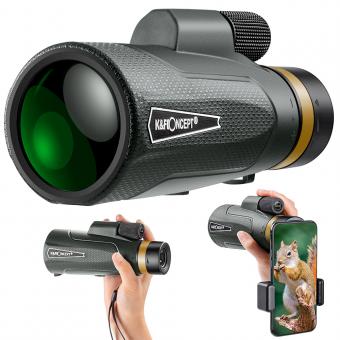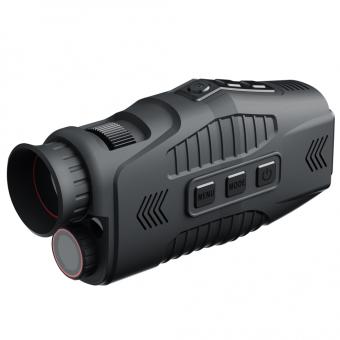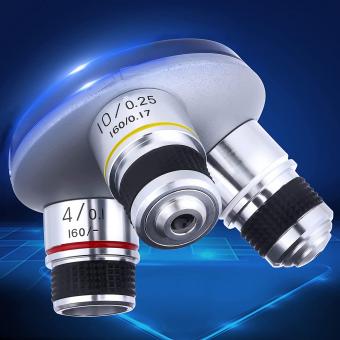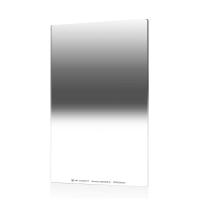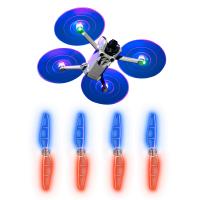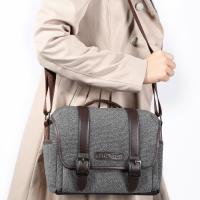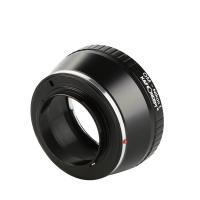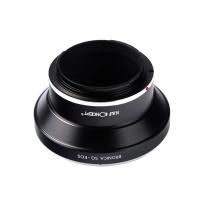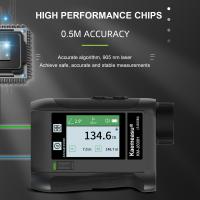What Is A Thermal Monocular ?
A thermal monocular is a handheld device that uses thermal imaging technology to detect and display heat signatures. It is designed to be used in low-light or no-light conditions, as it does not rely on visible light to create an image. The device captures the infrared radiation emitted by objects and converts it into a visible image, allowing the user to see the variations in temperature. Thermal monoculars are commonly used in various applications such as surveillance, search and rescue operations, wildlife observation, and outdoor activities like hunting and camping. They provide users with the ability to detect and track heat sources, even in complete darkness, making them valuable tools in many fields.
1、 Definition and Function of a Thermal Monocular
A thermal monocular is a handheld device that uses thermal imaging technology to detect and display heat signatures emitted by objects and living beings. It is designed to provide a clear and detailed view of the surrounding environment, even in complete darkness or adverse weather conditions.
The main function of a thermal monocular is to detect and identify objects based on their heat signatures. It works by detecting the infrared radiation emitted by objects and converting it into a visible image. This allows users to see the temperature differences between objects and their surroundings, making it useful for a variety of applications.
Thermal monoculars are commonly used in military and law enforcement operations for surveillance, reconnaissance, and target acquisition purposes. They can help identify potential threats, locate hidden individuals, and navigate through low-visibility environments. Additionally, thermal monoculars are also used in search and rescue missions, wildlife observation, and outdoor activities such as hunting and camping.
In recent years, there have been advancements in thermal monocular technology, leading to improved image quality, longer detection ranges, and enhanced features. Some modern thermal monoculars offer built-in rangefinders, video recording capabilities, and wireless connectivity for data sharing and remote viewing. These advancements have made thermal monoculars more versatile and user-friendly, expanding their applications beyond traditional fields.
Overall, a thermal monocular is a valuable tool that provides users with the ability to see and interpret heat signatures, enabling them to make informed decisions and enhance situational awareness in various scenarios.
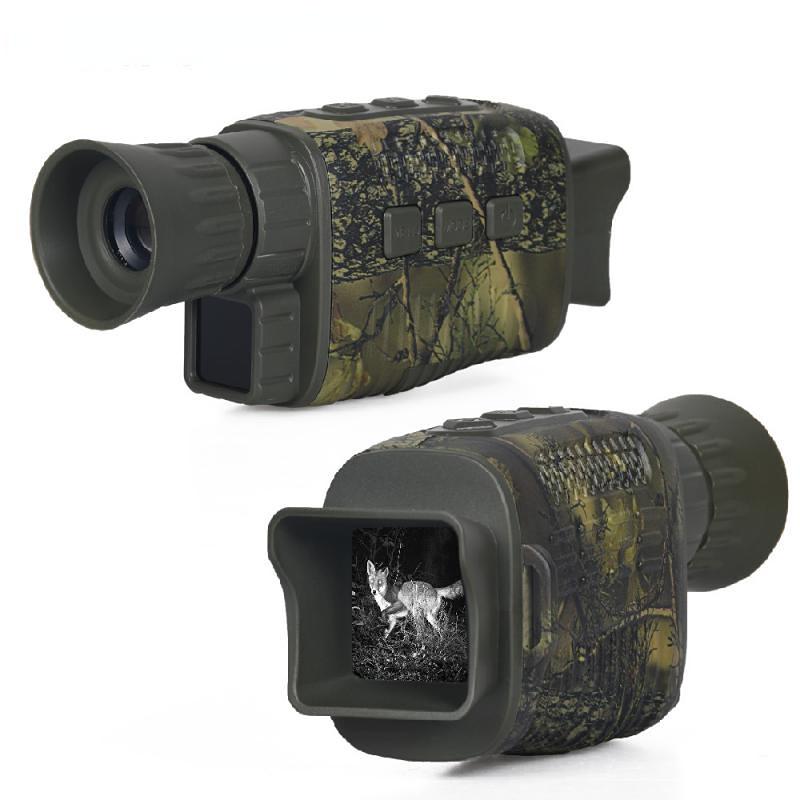
2、 How Thermal Monoculars Work
A thermal monocular is a handheld device that uses thermal imaging technology to detect and display heat signatures. It is commonly used in various applications such as surveillance, hunting, search and rescue operations, and outdoor activities.
Thermal monoculars work by detecting the infrared radiation emitted by objects and converting it into a visible image. Unlike traditional night vision devices that rely on ambient light, thermal monoculars can detect heat signatures even in complete darkness or through obstacles such as smoke, fog, or foliage.
The device consists of a lens that focuses the infrared radiation onto a detector, which then converts the radiation into an electrical signal. This signal is processed and displayed on a screen, allowing the user to see the heat signatures as different colors or shades. Warmer objects appear as brighter colors, while cooler objects appear darker.
The latest advancements in thermal monocular technology have led to improved image quality, longer detection ranges, and enhanced features. Some models now offer higher resolution displays, allowing for clearer and more detailed images. Others have built-in image stabilization, which reduces image blur caused by hand movements. Additionally, some thermal monoculars can now record and capture images, enabling users to document their observations or share them with others.
Overall, thermal monoculars provide a valuable tool for various applications, offering the ability to see and detect heat signatures in challenging environments. As technology continues to advance, we can expect further improvements in image quality, range, and additional features to enhance the user experience.
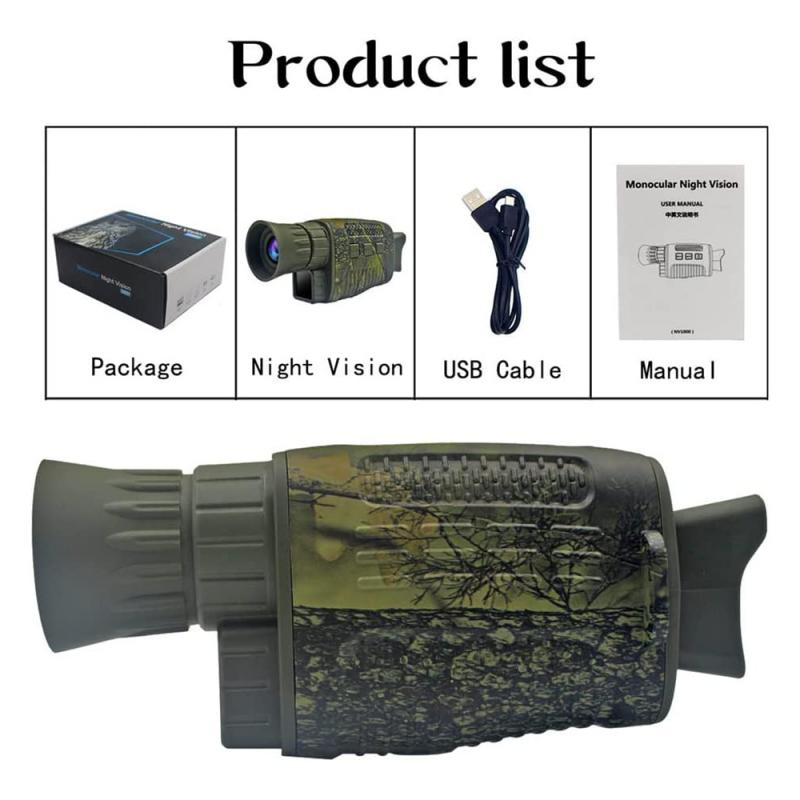
3、 Applications and Uses of Thermal Monoculars
A thermal monocular is a handheld device that uses thermal imaging technology to detect and display heat signatures. It is designed to provide a clear and detailed view of the surrounding environment by capturing the infrared radiation emitted by objects and converting it into a visible image.
Thermal monoculars have a wide range of applications and uses across various industries. In the military and law enforcement sectors, they are commonly used for surveillance, reconnaissance, and target acquisition. The ability to detect heat signatures in complete darkness or through smoke, fog, and foliage makes them invaluable tools for these purposes. They can also be used for search and rescue operations, as they can quickly locate individuals in distress by detecting their body heat.
Thermal monoculars are also widely used in the hunting and outdoor sports community. Hunters can use them to track game animals, as the heat signatures of animals stand out against the cooler background. Outdoor enthusiasts can benefit from thermal monoculars for navigation, wildlife observation, and personal safety in low-light conditions.
In recent years, thermal monoculars have become more accessible and affordable, leading to their increased popularity among hobbyists and homeowners. They can be used for home security, allowing users to detect intruders or monitor their property at night. Additionally, thermal monoculars have found applications in the industrial sector, such as detecting heat leaks in buildings or identifying faulty electrical connections.
The latest advancements in thermal monocular technology have led to improved image quality, longer battery life, and enhanced connectivity features. Some models now offer built-in recording capabilities, allowing users to capture and share thermal images and videos. Furthermore, the integration of smartphone apps and wireless connectivity enables users to stream live thermal footage or remotely control the monocular.
In conclusion, thermal monoculars are versatile devices that have a wide range of applications and uses. From military and law enforcement operations to hunting, outdoor activities, and even home security, thermal monoculars provide valuable thermal imaging capabilities that enhance situational awareness and safety.
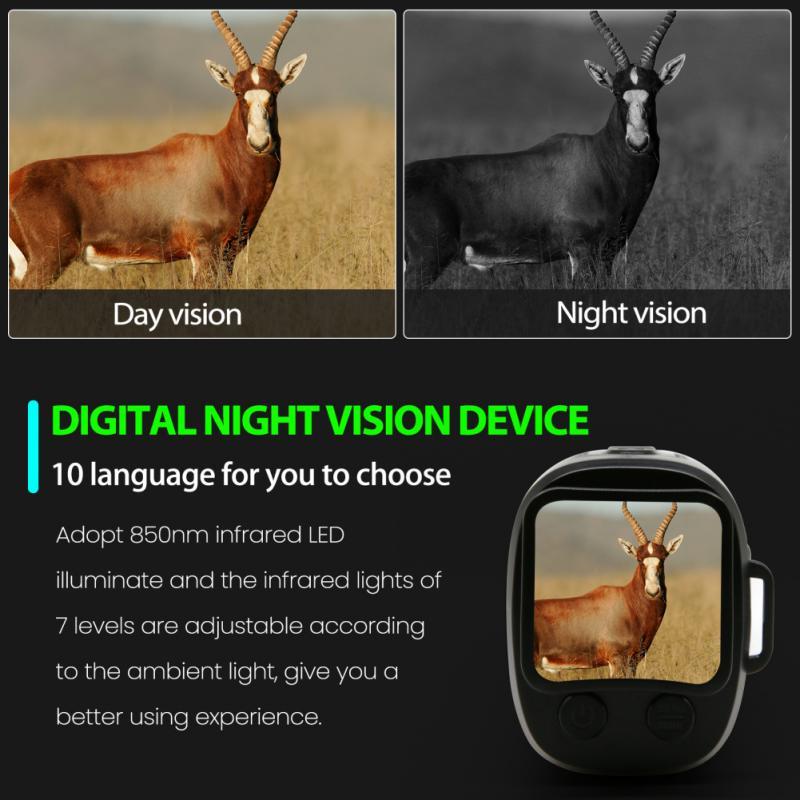
4、 Advantages and Limitations of Thermal Monoculars
A thermal monocular is a handheld device that uses thermal imaging technology to detect and display heat signatures. It is designed to provide a clear and detailed view of objects and living beings based on the heat they emit, rather than relying on visible light.
The advantages of thermal monoculars are numerous. Firstly, they can be used in complete darkness or low-light conditions, as they do not require any ambient light to function. This makes them highly effective for surveillance, search and rescue operations, and hunting at night. Additionally, thermal monoculars can see through smoke, fog, and other atmospheric conditions that may hinder visibility, making them invaluable in emergency situations.
Furthermore, thermal monoculars have a long detection range, allowing users to spot objects or individuals from a considerable distance. They also have a wide field of view, enabling users to scan large areas quickly. This makes them ideal for security personnel, law enforcement officers, and outdoor enthusiasts.
However, thermal monoculars do have some limitations. One major limitation is their relatively high cost compared to other optical devices. Additionally, they can be affected by weather conditions, such as rain or snow, which can reduce their effectiveness.
Moreover, thermal monoculars may struggle to provide accurate identification of objects or individuals at long distances, as the heat signatures can become less distinct. This can be a challenge in certain scenarios, such as military operations or border control.
In recent years, there have been advancements in thermal imaging technology, leading to improved image quality, longer battery life, and smaller, more portable designs. These advancements have addressed some of the limitations of thermal monoculars, making them even more versatile and reliable in various applications.
